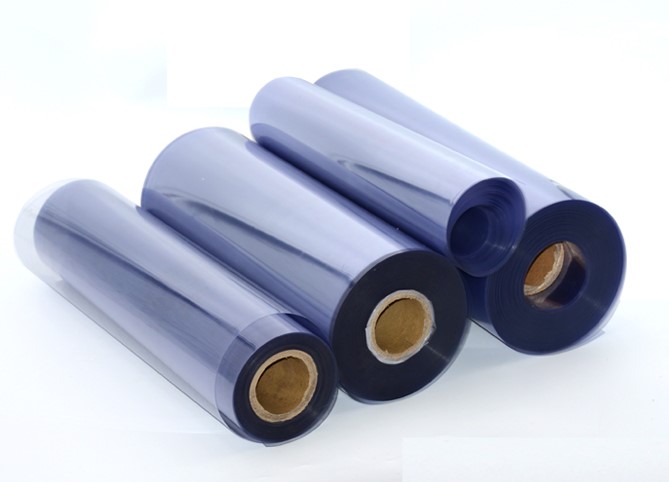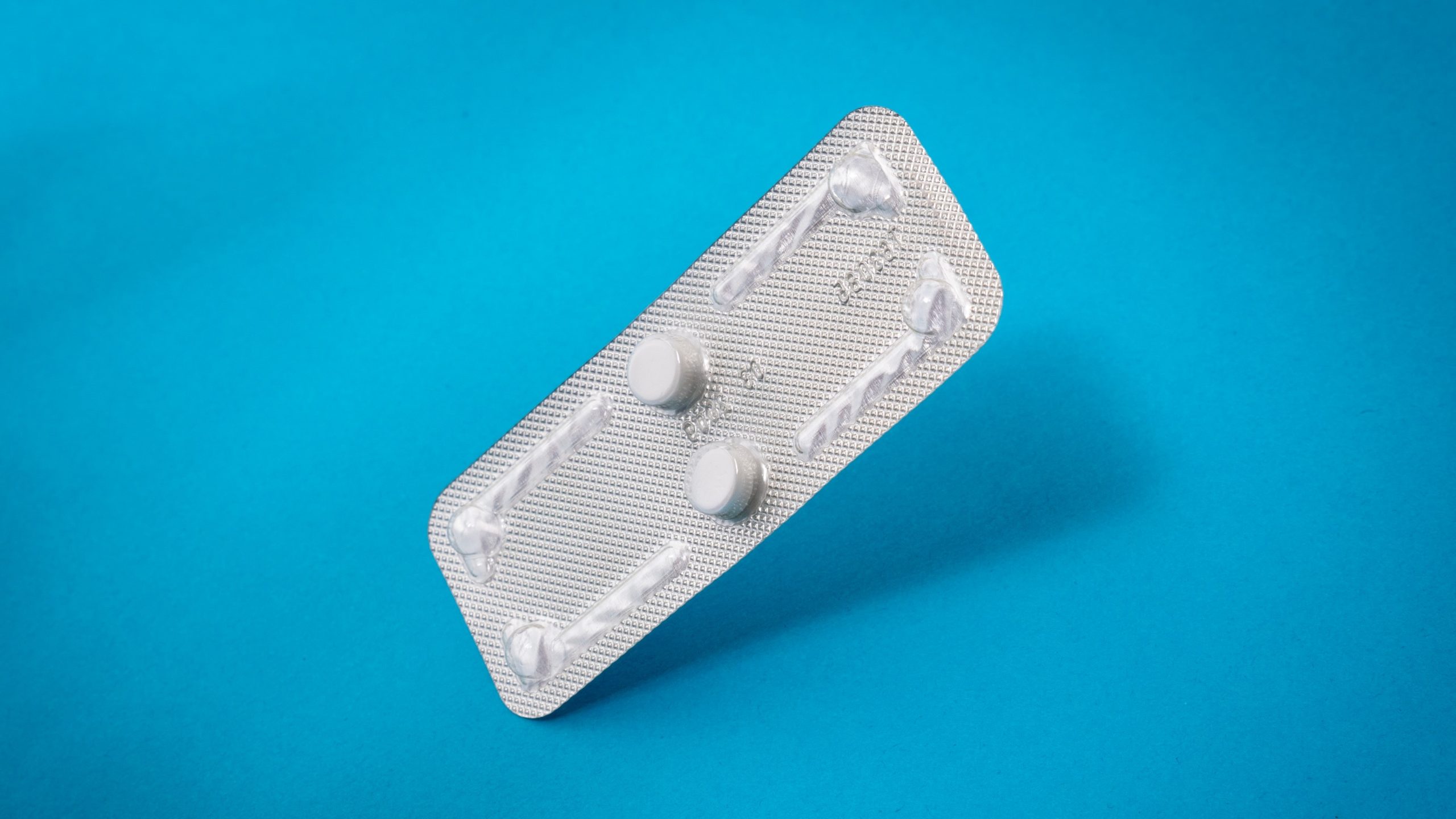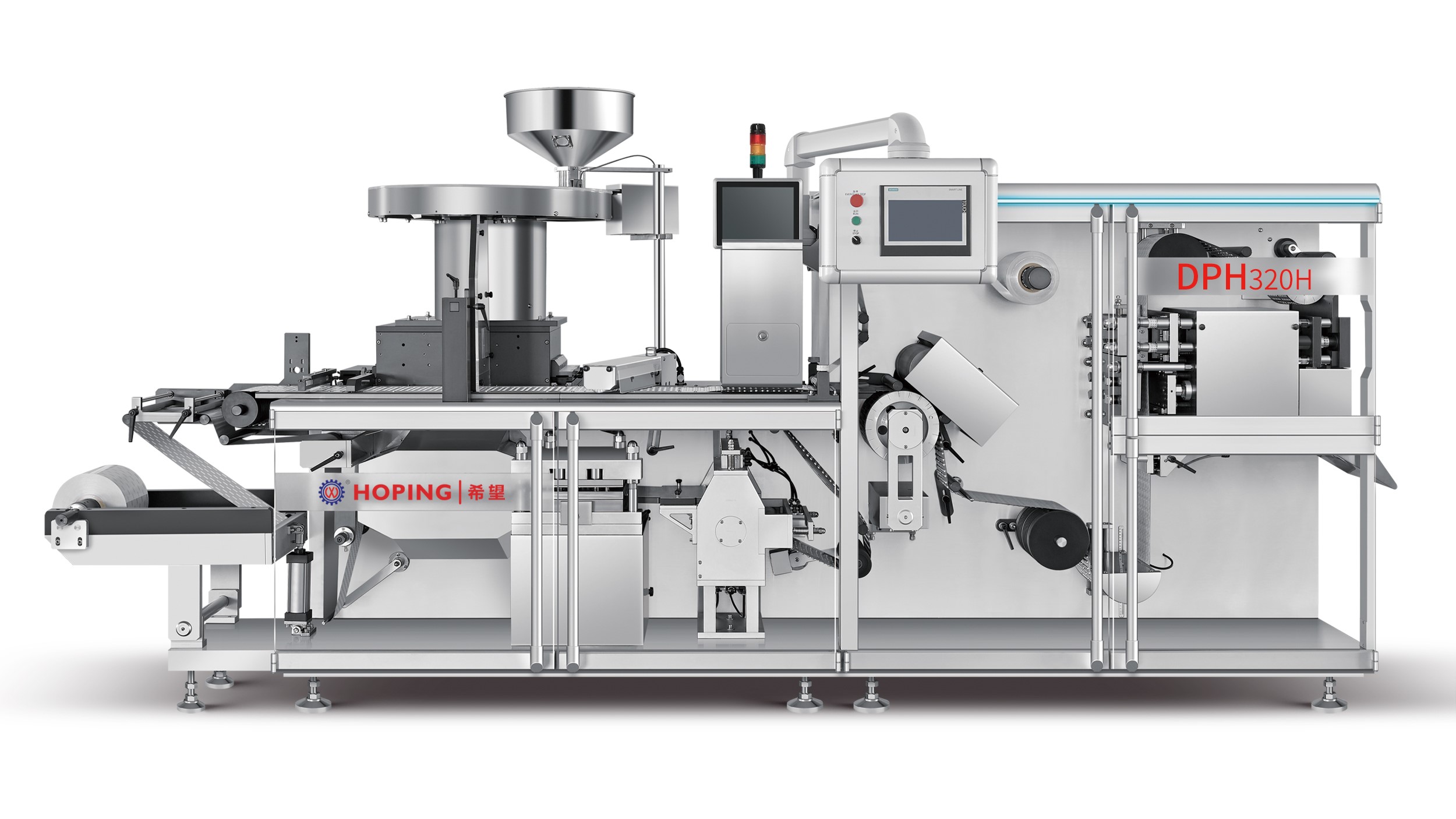Medicine stability is especially important to the R&D and sales of medicine. Factors affecting medicine stability are divided into prescription factors and non-prescription factors. Understanding these factors can help you with formulation development, selection of manufacturing processes, selection of packaging materials, and determination of medicine storage conditions.
1. Prescription factors
1) API
The chemical structural formula of the API plays a key role in the stability of medicine. In the formulation design, factors such as the compatibility of the API and excipients, the contact mode, and the PH value of the microenvironment around medicine should be considered.
2) Excipients
Direct contact between excipients and medicine may react to produce impurities, and the addition of surfactants will also affect the stability of medicine.
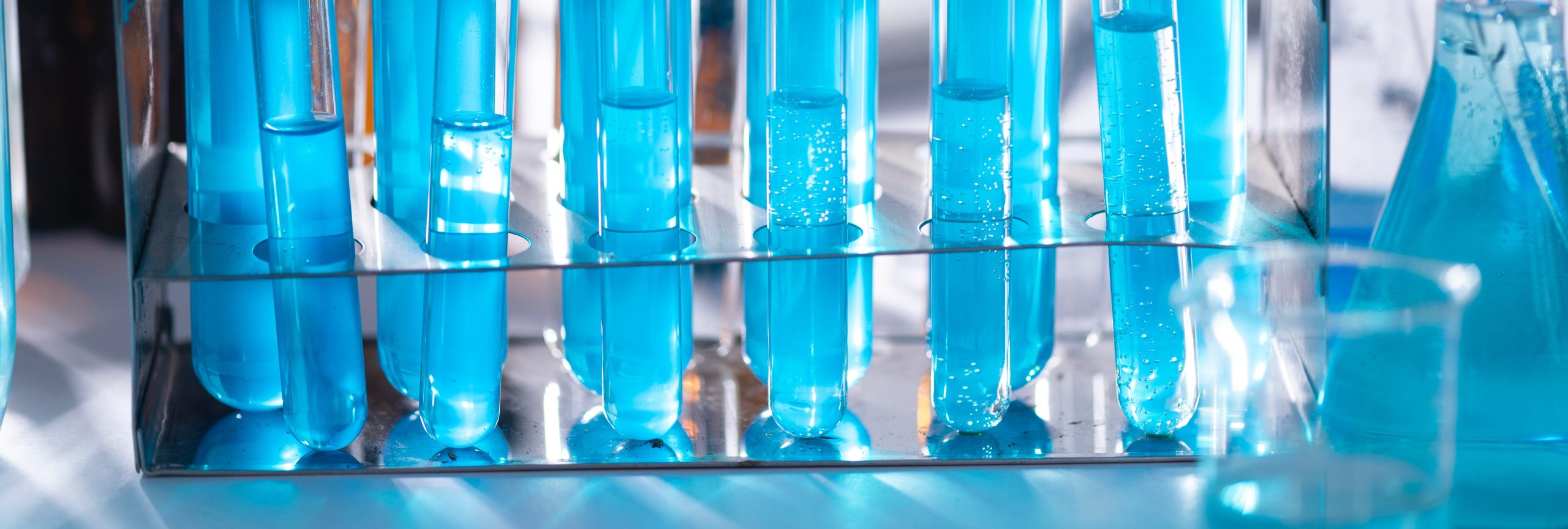
2. Non-prescription factors
1) Temperature
Temperature not only creates impurities in medicine but also accelerates them. In the process of drug production, if the drug is sensitive to temperature, care should be taken to avoid the influence of high temperature and shorten the drying time.
2) Light
The light reaction is caused by the absorption of blue-violet, purple, and ultraviolet light in sunlight by medicine. Among them, ultraviolet light is the most likely to stimulate chemical reactions. For light-sensitive medicine, brown packaging materials, aluminum-aluminum blisters, and coatings with opacifiers can be used to protect the medicines.
3) Moisture
Moisture in the environment and excipients has an important impact on medicine stability. An increase in water content usually increases the humidity, leading to more severe medicines degradation. Pharmaceutical manufacturers can reduce the impact of moisture by reducing water content and designing moisture-resistant packaging.
4) Oxygen
Oxygen in the air is the main cause of medicine degradation. Pharmaceutical manufacturers should pay special attention to reducing the impact of oxygen on easily oxidized medicine. You can consider adding antioxidants to the prescription, using inert gas to drive away oxygen in the packaging, or using packaging materials with a low oxygen transmission rate.
5) Packaging
The choice of packaging materials and packaging methods has an important impact on the stability of medicine during storage and transportation. Choosing a packaging material with high barrier properties can protect the medicine from light, moisture, and oxygen. For tablets or capsules, you can choose aluminum-aluminum blisters with better protection. In addition, blister packaging using the cold forming process can prevent a medicine from being affected by temperature during the packaging process.
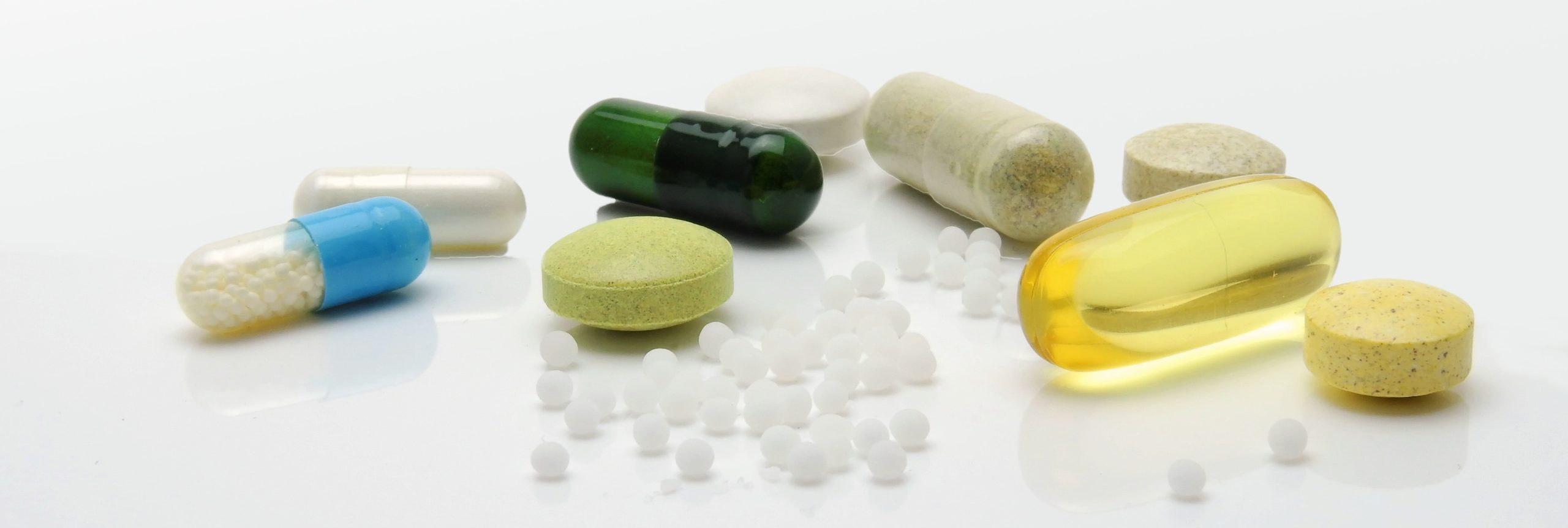
Hoping Machinery’s various blister packaging machines are capable of processing different packaging materials, and you can use them to produce high-quality aluminum-plastic, aluminum-aluminum, and aluminum-plastic-aluminum blisters. In addition, we also have products such as cartoners, flow packaging machines, and end-of-line packaging machines, which can meet the diverse needs of pharmaceutical packaging. If you have needs for pharmaceutical packaging, welcome to order the most suitable product for you on our official website. Hoping Machinery is looking forward to your visit!

 VR
VR



